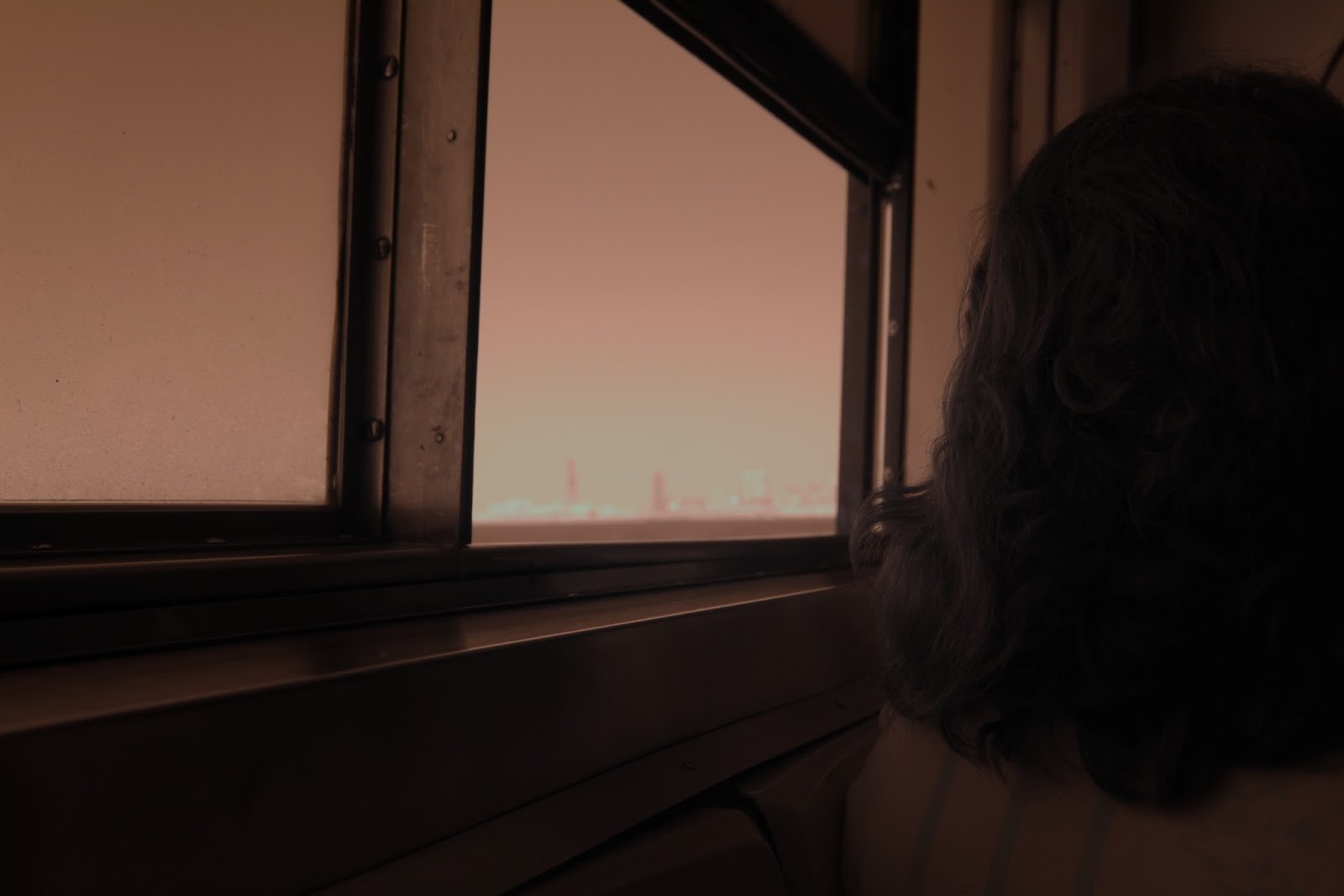Studio Lighting Positions
Rembrandt Lighting: A type of lighting named after the famous painter Rembrandt, where a triangle of light is cast on the subjects cheek as the shadow of the nose connects with the shadow of the cheek. In this type of lighting the triangle of light should be no longer than the subjects nose.
Materials: Key light
Diagram:

Example:

Split Light: A type of lighting where one half of the subjects face is lit while the other half is in shadow. The amount of light and shadow on the subject is equal and creates a line down the middle of the subject.
Materials: Key light
Diagram:

Example:

Broad Light: In this type of lighting most of the subjects face is lit while a small portion is in the shadows.
Materials: Key light, and reflector (not show in diagram)
Diagram:

Example:

Short Lighting: In this type of lighting the one side of the subjects face is directed towards the camera in the shadow which allows the shadow to sculpt the features of the face. A small portion of the face that is away from the camera is lit.
Materials: Key light, reflector
Diagram:

Example:

Butterfly Light: A type of lighting set up where the light is somewhat above the subject creating a butterfly like shadow under the subjects nose.
Materials: Fill light, Key light, Background light, Hair light, Reflector
Diagram:

Example:

Loop Light: A lighting set up where a shadow in the form of a loop is created under the subjects nose and cast onto the subjects cheek. The shadow from the subjects nose however should not come into contact with the shadow of the subjects cheek.
Materials: Key light, Background, Fill
Diagram:

Example:

Three-Point Lighting: A ligting setup that uses three different types of lights, a key light, a fill light and a back light. The key light is the strongest of the three lights and is located towards the front of the subject. The fill light is also in front of the subject on the opposite side and fills in the shadows that the key light creates. It is the second strongest light of the three. The back light is located behind the subject and off to the side and is used to create a sense of separation.
Materials: Back light, Key light, Fill light
Diagram:

Example:

Silhouette: A litghing setup where the light source is directly behind the subject outlining them with light and making the subject appear shadowy.
Materials: Key light reflector
Diagram:

Example:

Materials: Key light
Diagram:

Example:

Split Light: A type of lighting where one half of the subjects face is lit while the other half is in shadow. The amount of light and shadow on the subject is equal and creates a line down the middle of the subject.
Materials: Key light
Diagram:

Example:

Broad Light: In this type of lighting most of the subjects face is lit while a small portion is in the shadows.
Materials: Key light, and reflector (not show in diagram)
Diagram:
Example:
Short Lighting: In this type of lighting the one side of the subjects face is directed towards the camera in the shadow which allows the shadow to sculpt the features of the face. A small portion of the face that is away from the camera is lit.
Materials: Key light, reflector
Diagram:
Example:
Butterfly Light: A type of lighting set up where the light is somewhat above the subject creating a butterfly like shadow under the subjects nose.
Materials: Fill light, Key light, Background light, Hair light, Reflector
Diagram:

Example:

Loop Light: A lighting set up where a shadow in the form of a loop is created under the subjects nose and cast onto the subjects cheek. The shadow from the subjects nose however should not come into contact with the shadow of the subjects cheek.
Materials: Key light, Background, Fill
Diagram:

Example:
Three-Point Lighting: A ligting setup that uses three different types of lights, a key light, a fill light and a back light. The key light is the strongest of the three lights and is located towards the front of the subject. The fill light is also in front of the subject on the opposite side and fills in the shadows that the key light creates. It is the second strongest light of the three. The back light is located behind the subject and off to the side and is used to create a sense of separation.
Materials: Back light, Key light, Fill light
Diagram:
Example:
Silhouette: A litghing setup where the light source is directly behind the subject outlining them with light and making the subject appear shadowy.
Materials: Key light reflector
Diagram:

Example:


Comments
Post a Comment